Mistakes about Nikola Tesla
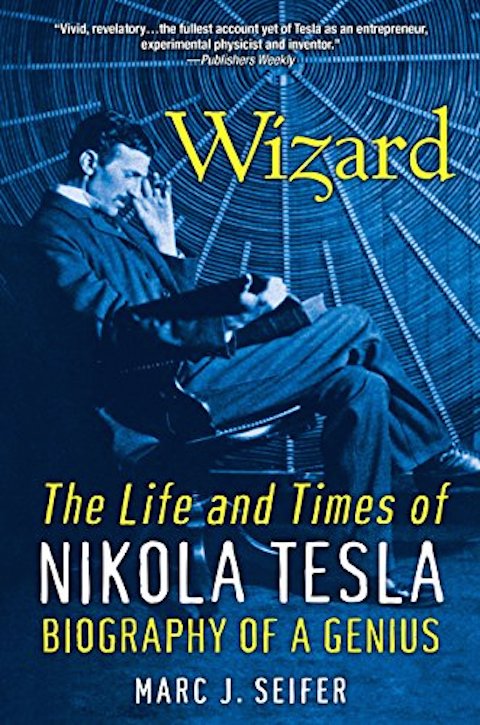
In his foreword to Seifer's book, William H. Terbo (Trbojevich) mentions the notion of the "Province of Croatia". However, this "Province" (as he wrote) was in fact the Kingdom of Croatia. In the official and very long title of Frances Joseph I (Austria-Hungary), this kingdom is mentioned near the very beginning, just by the kingdoms Bohemia (i.e, Czechia) and Hungary. For example, in 1870, the title was written as follows:
according to God's mercy Austrian Emperor;
Bohemian King and the Apostolic King of Hungary, Croatia, Slavonia and Dalmatia etc.
In his 2nd chapter (Childhood (1856-74)), Seifer writes that Tesla attended the Higher Real Gymnasium (grammar school), but it was in fact the Higher Real School (and not Gymnasium), i.e., a technical school with strong emphasis on mathematics and physics. The school was not placed in Karlovac, but in Rakovac. It is interesting that the same mistake was done by Tesla himself in his autobiography, obviously willing to simplify the story. Today, Rakovac is a part of Karlovac. The city of Karlovac is now considerably larger than in the 19th century.
It is nice to see that the author mentions the name of Martin Sekulic as Tesla's most influential professor in Rakovac. Seifer then cites Tesla's autobiography, by saying that Sekulic "demonstrated the principles by apparatus of his own invention." It is indeed strange that the author omits about two thirds of Tesla's significant sentence, in which he describes his professor of physics using the following words:
I had become intensely interested in electricity under the stimulating influence of my Professor of Physics, who was an ingenious man and often demonstrated the principles by apparatus of his own invention.
We believe that the readers of the book deserve to know who enthused Nikola Tesla for electricity, when and where.
Then the author claims the following: "Through hard work, Tesla condensed the four years of schooling into three..." This is wrong. Tesla automatically skipped the fifth grade, which was interpolated when the Higher Real School in Rakovac became the seven grade school, instead of the six grade school.
The author does not emphasise that the high level of Austrian-Hungarian educatonal system in Croatian Military Frontier was a crucial element in Tesla's schooling, when he was at the age between 14 and 17. Moreover, according to Tesla's own words, he was enthused for electricity by his professor of physics (Martin Sekulić), who was an "ingenious man". Let us not forget that the epithet "ingenious" Tesla uses in his entire autobiography only for two persons - for Martin Sekulić and his mother.
Here we provide a photo appearing often in the literature, in which we can see Albert Einstein and allegedly "Nikola Tesla". However, there is no Tesla on the photo.

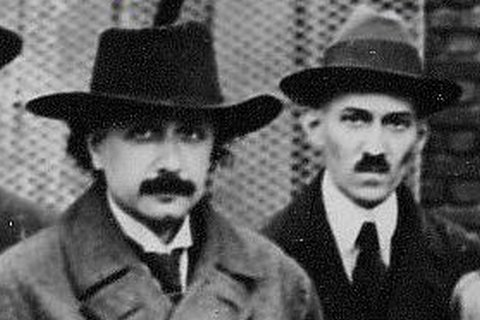
Many thanks to Miran Perhavec, Maribor, for clarifying this.
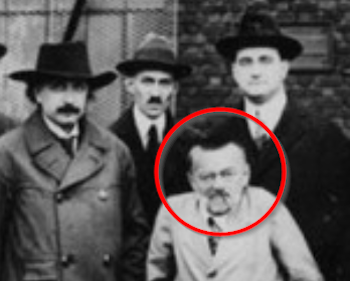
German-born American mathematician and electrical engineer.
John Gribbin: Science, a History 1543-2001, Penguin books 2002
This book by John Gribbin, although very ambitious and interesting, does not even mention the name of Nikola Tesla. Furthermore, it does not mention the name of Andrija Mohorovičić, the discoverer of the MOHO layer in 1909 (in Croatia's capital Zagreb), which is one of the basic results of seismology, the science about earthquakes.
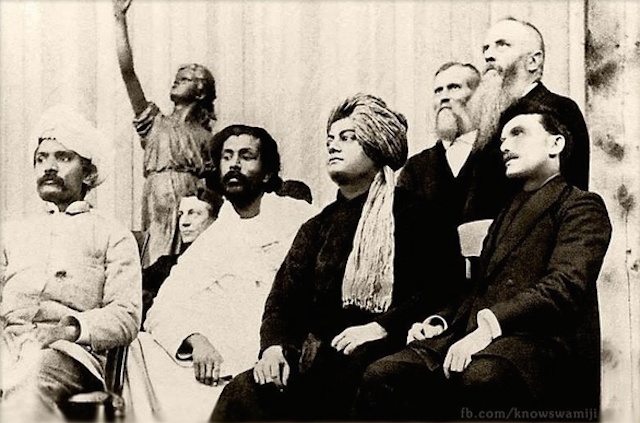
However, this cannot be, since Nikola Tesla was not a dwarf. He was very tall, 1.88 m, while Vivekananda was 1.75 m.
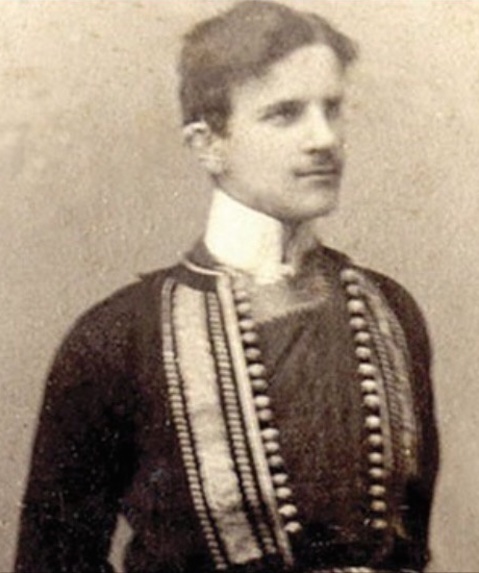
This is a sheer nonsense.
Compare with nose, lips and ears of Nikola Tesla below.
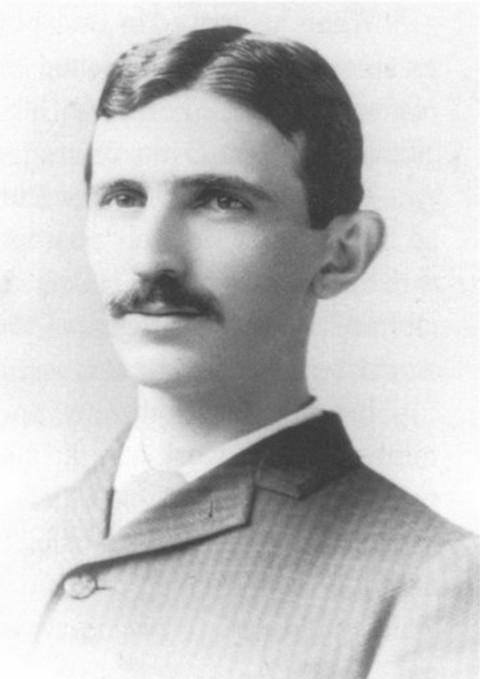

Quasi Tesla represented by Radio Free Europe and Radio Liberty.

In his book Tesla - Inventor of the Electrical Age, W. Bernard Carlson writes that ''...it seems that Tesla did not practice faith''. (See p. 44 of Croatian translation of this book, line 7.) The author does not provide any citation for this statement, or indication of a suitable source. However, there is a primary source - Ivan Meštrović, the greatest Croatian (and American) sculptor in history, who was close to Nikola Tesla. This reliable source speaks about Tesla's deep Christian faith. See Nikola Tesla and Ivan Meštrović.
Nikola Tesla - Moji pronalasci (Znanje d.o.o., Zagreb 2015.) - kritički prikaz o knjizi
See also on the Differences between two versions of Tesla's autobiography.
Literature
- Školovanje Nikole Tesle u Hrvatskoj i njegov učitelj Martin Sekulić
- Nikola Tesla: My Inventions (on the left page, on the left of the photo of induction motor, there is a description of his ingenious profesor of Physics from Karlovac (Martin Sekulić)
- Nikola Tesla - Moji pronalasci (Znanje d.o.o., Zagreb 2015.) - kritički prikaz o knjizi
- Ana Tomljenović: Teslingrad je naveći srpski spomenik Nikoli Tesli (Nikola Tesla - žrtva suvremenih manipulacija, [JPG1], [JPG2]), Hrvatsko slovo, 1. rujna 2006., Zagreb, str. 16-17